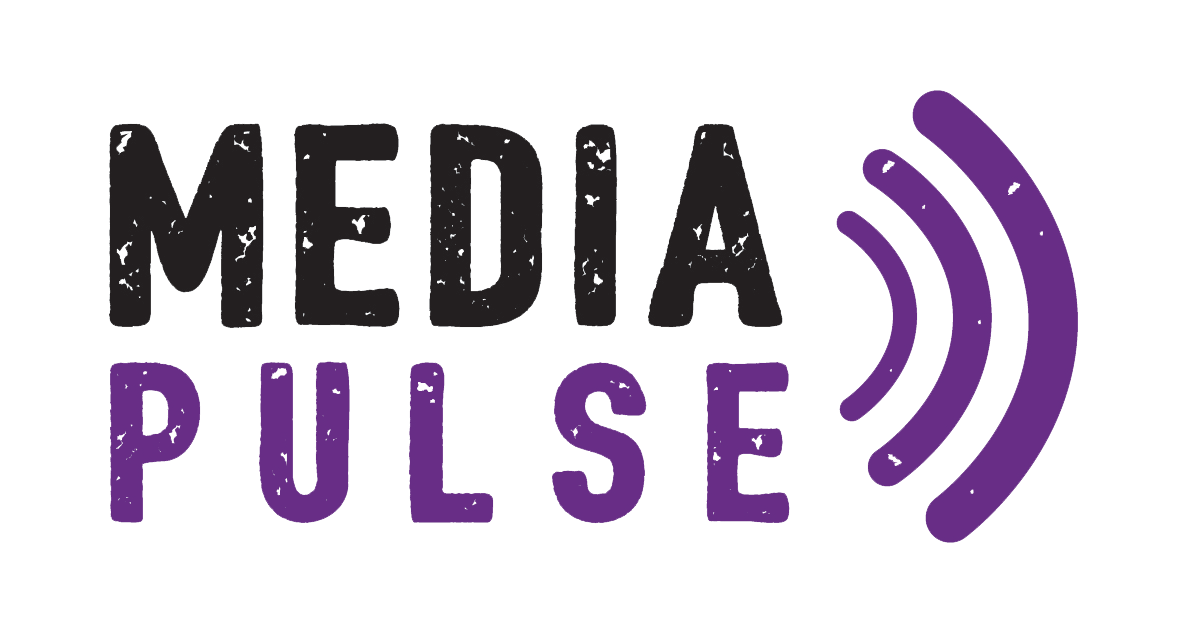New FTC “Click-to-Cancel” Rule: What Subscription-Based Businesses Need to Know
On October 16, 2024, the Federal Trade Commission (FTC) finalized its “Click-to-Cancel” rule, which aims to simplify the cancellation process for consumers enrolled in recurring subscriptions and memberships. This rule is part of the FTC’s broader initiative to modernize its 1973 Negative Option Rule and address deceptive practices in today’s digital marketplace.
Businesses need to take action soon: by May 2025, companies must comply with the new misrepresentation provisions. Additionally, by July 2025, they must implement streamlined cancellation processes, provide clear pre-billing disclosures, and update consent protocols. Now is the time to audit your systems to ensure that your website and subscription model are fully compliant.
Key Provisions of the Rule
1. Simplified Cancellation Process
The rule requires businesses to ensure that the cancellation process is as simple as the sign-up process. For example, if a consumer subscribes online, they should also be able to cancel their subscription online without encountering unnecessary obstacles, such as having to call customer service or navigating multiple steps.
2. Clear and Conspicuous Disclosures
Before collecting billing information, sellers must clearly disclose the following:
The subscription will incur recurring charges unless it is canceled.
The deadline by which consumers must take action to avoid additional charges.
The total cost or a range of costs associated with the subscription.
Instructions on finding and using the cancellation mechanism.
3. Affirmative Consent
Businesses must obtain explicit consent from consumers for any negative option features, ensuring that consent is separate from other transaction elements. This measure aims to prevent inadvertent enrollments in recurring payment programs.
4. Prohibition of Misrepresentations
The rule prohibits both express and implied misrepresentations of material facts related to the subscription or the underlying product/service. This includes misleading information about trial periods, renewal terms, or cancellation policies.
Implementation Timeline
The rule’s provisions are set to take effect in two phases:
Misrepresentation Provisions: Effective 60 days after publication in the Federal Register.
Disclosure, Consent, and Cancellation Provisions: Effective 180 days after publication.
Legal and Political Challenges
Despite its consumer-friendly intentions, the rule faces legal challenges. Multiple petitions have been filed, arguing that the FTC exceeded its authority and failed to follow proper rulemaking procedures. *These challenges have been consolidated in the U.S. Court of Appeals for the Eighth Circuit.
Implications for Businesses
Companies offering subscription-based services should review and, if necessary, revise their enrollment and cancellation processes to ensure compliance. **Non-compliance could result in significant penalties, including civil fines and injunctive relief.
The FTC’s “Click-to-Cancel” rule represents a significant shift towards greater consumer protection in the subscription economy. By enforcing transparency and simplifying cancellation processes, the FTC aims to eliminate deceptive practices that have long frustrated consumers.
For more detailed information, refer to the FTC’s official announcement here.
*https://www.mofo.com/resources/insights/250109-the-ftc-s-final-click-to-cancel-rule
Subscribe
We respect your privacy. We will send one or two exclusive email-only blogs each month that will not be published! Your information is used only to serve you content and will never be used for a sales pitch or sold to a third-party. #EthicalMarketing


